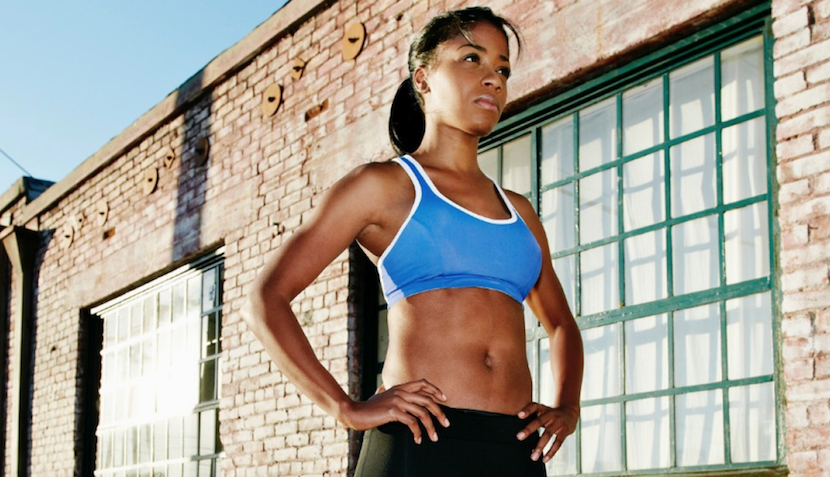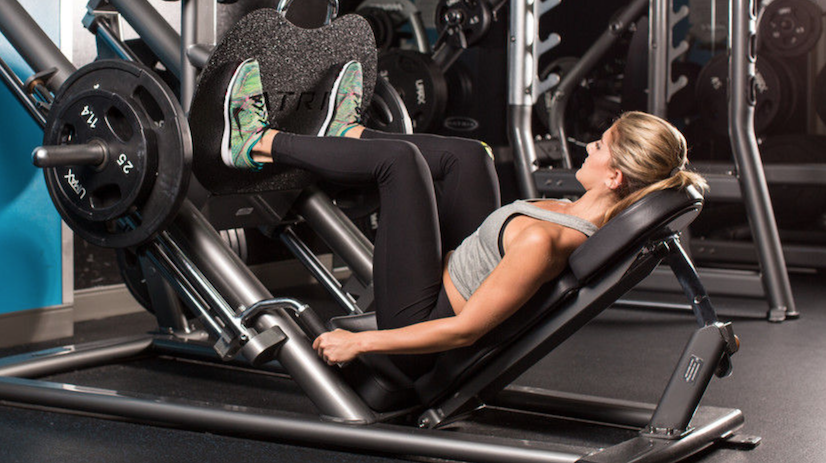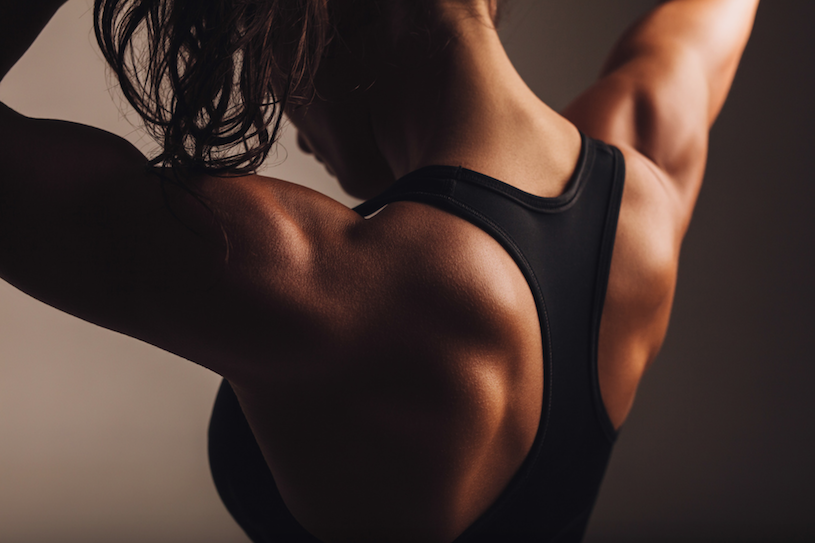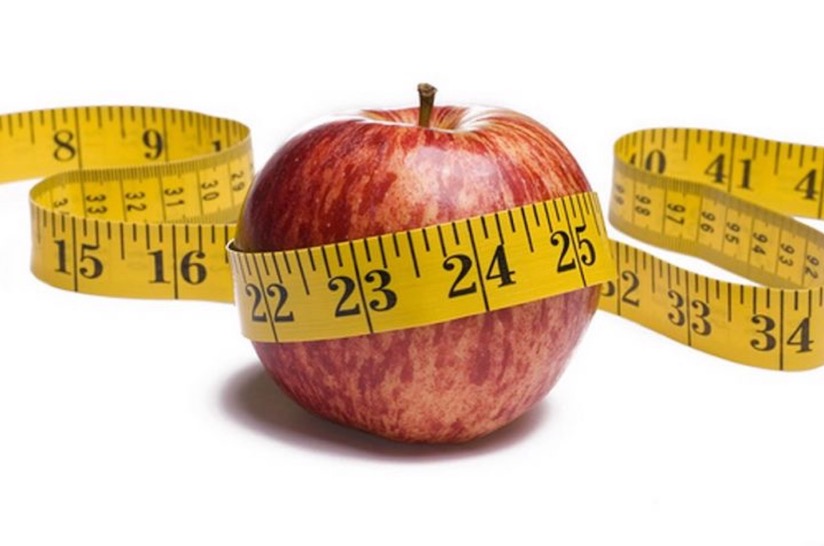A lot of exercise and weight loss enthusiasts are downright obsessed with abdominal (ab) workouts. Interestingly, over the years, I’ve found that a large chunk of these folks are quite misinformed about abdominal muscles. And, equally misinformed about how best to work them.
But, before I delve into a full explanation of the latter, I’ll first start with a little abdominal anatomy.
Abdominal Anatomy 101
The abdominal muscles themselves are primarily comprised of three parts:
- The rectus abdominus (generally referred to as the “six pack”);
- Internal and external obliques (those “hands-in-pockets” looking muscles underneath the love handles); and
- The transverse abdominus (a relatively flat muscle that wraps around the waist like a weightlifting belt would).
Now, a strong set of abs (in conjunction with a stable lower back) is essential for performing day-to-day activities requiring turning, twisting, and bending. The abdominal muscles also play a crucial role in maintaining good balance and posture, and stabilizing the spine in ways that prevent the occurrence of lower back pain.
Related Article: Causes of Low Back Pain: Can Exercise Help?
Despite these critical functions, there’s absolutely no need to spend large volumes of precious workout time ‘ab’ lounging, ‘ab’ rowing or ‘ab’ rocking. Doing so won’t necessarily help you achieve the coveted six pack either.
In fact, unbeknownst to many, the appealing look of a six pack is simply impossible if there’s excess fat present in and around the abdominal region.
Related Article: The Secret to Great Abs
Let me break this down a bit further.
The abdominal region is encompassed by an external layer of skin, an internal layer of fat just underneath the skin (subcutaneous fat), and then there are those ab muscles. However, there’s also a deeper layer of fat tissue located just behind the abs known as visceral fat. Visceral fat is situated in and around all the internal organs housed in the abdominal region.
The appealing look of a six pack is simply impossible if there’s excess fat present in and around the abdominal region.
Excess weight gain generally involves an accumulation of both subcutaneous fat (distributed throughout the entire body giving the appearance of ‘flab’) and visceral fat. The visceral fat is what tends to cause the abdominal muscles to protrude giving the appearance of a paunch, gut or beer belly.
Related Article: Why Exercise Alone Won’t Get Rid of Belly Fat
Effective Abdominal Training
In order to improve the overall appearance of the abdominal region excess fat must first be lost.
And, you can’t ‘spot reduce’ it either.
Losing excess fat requires a combination of sensible eating and effective fat-burning workouts. In combination with these strategies, you can regularly perform simple exercises like ball or floor crunches, bicycles and planks to build strength and develop definition in the abdominal muscles.
For more ideas, check out Bodybuilding.com, a valuable online resource that offers free demos for over 300 exercises, including more than three dozen that solely target the abs.
I generally recommend performing at least 2-3 sets of 25-50 repetitions of abdominal exercises twice a week. That’s it! Such exercises can be performed back-to-back and even in combination with other upper body or lower body exercises with minimal rest between the sets.
To improve the overall appearance of the abdominal region excess fat must first be lost.
But, remember, while such exercises will certainly build up your abs, they won’t do a thing for the fat that sits in front or lies beneath them. That being said, for sensible eating strategies and fat-burning workout tips, check out my article titled “Belly Fat: Five Ways to Lose the Pooch.”







